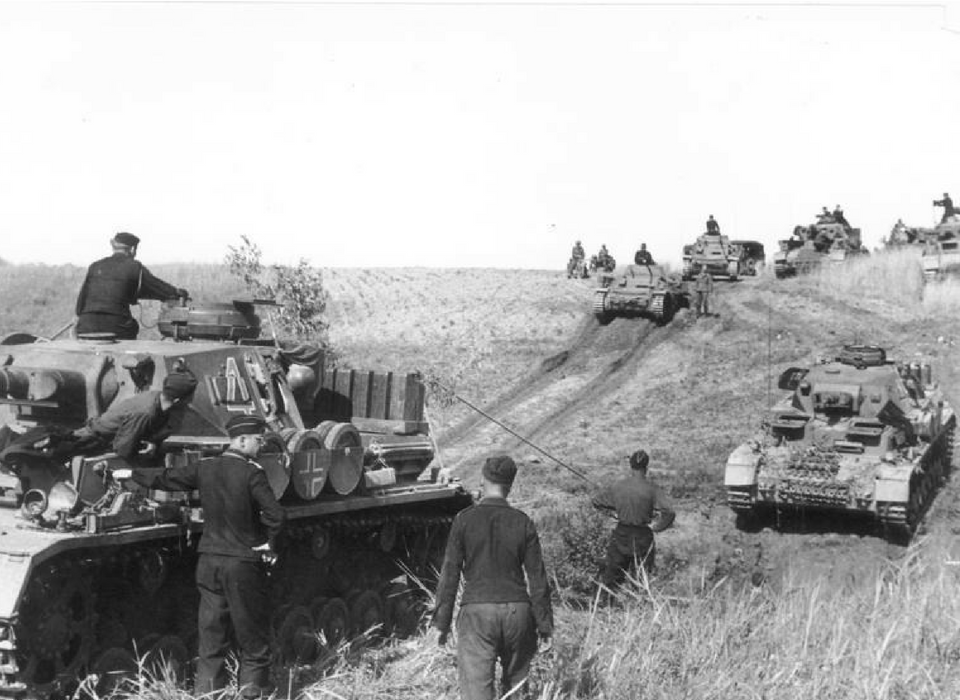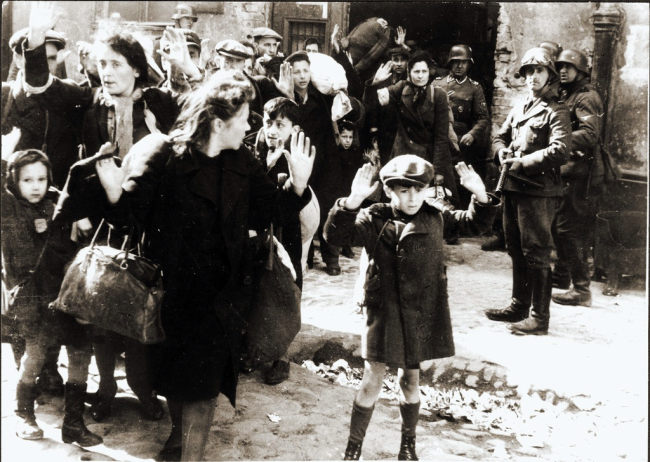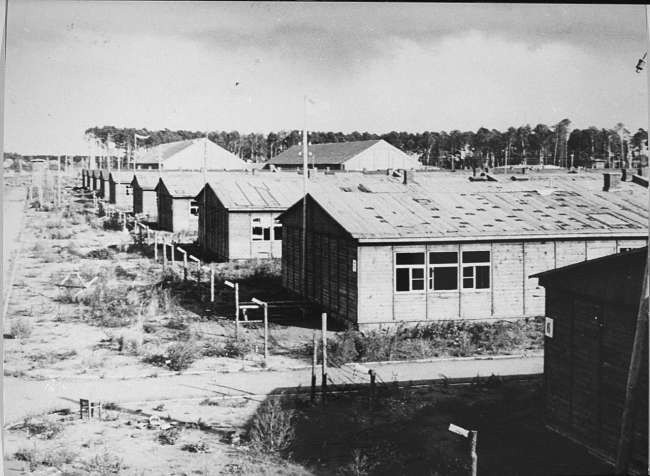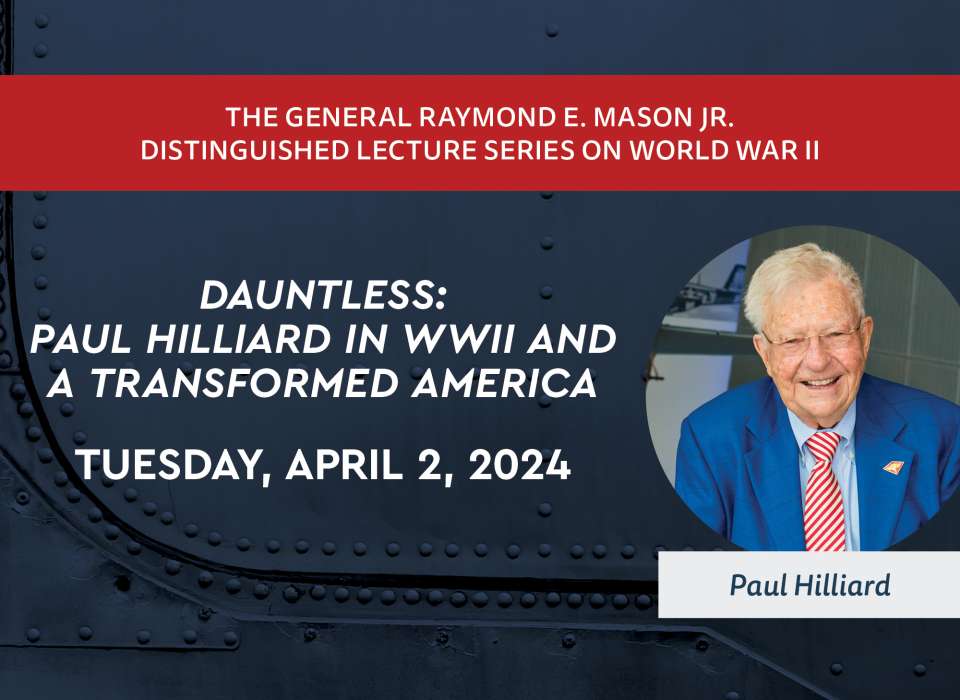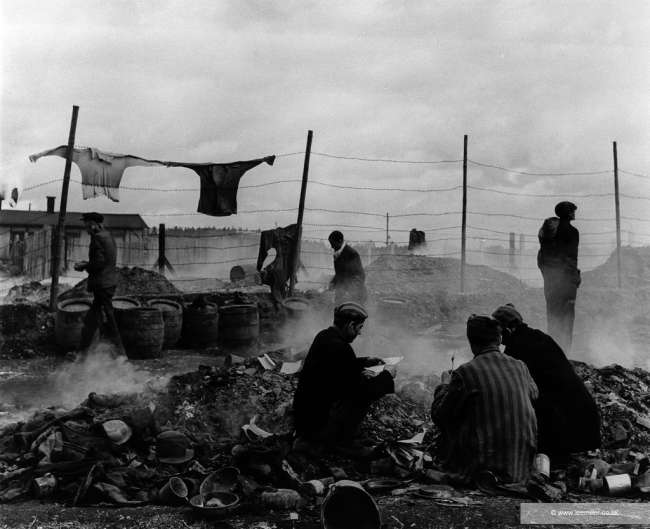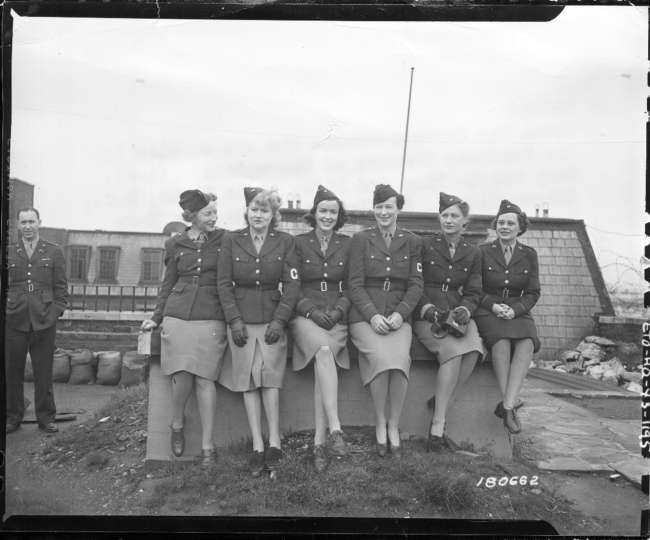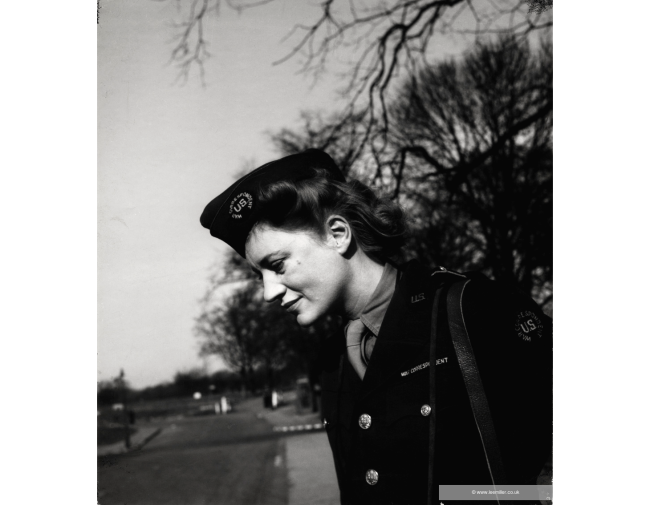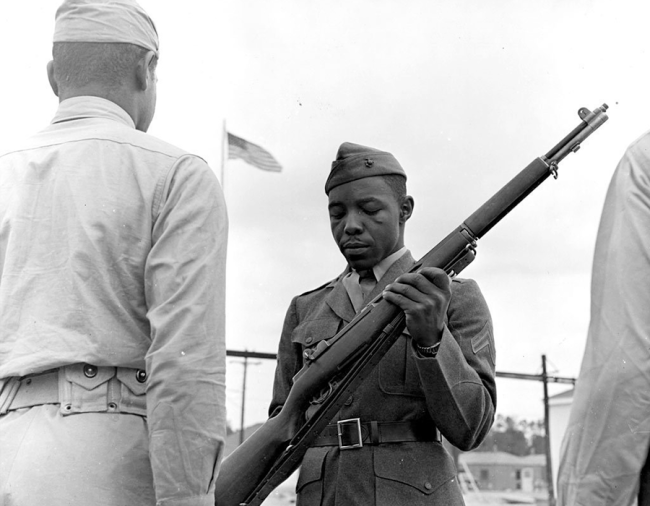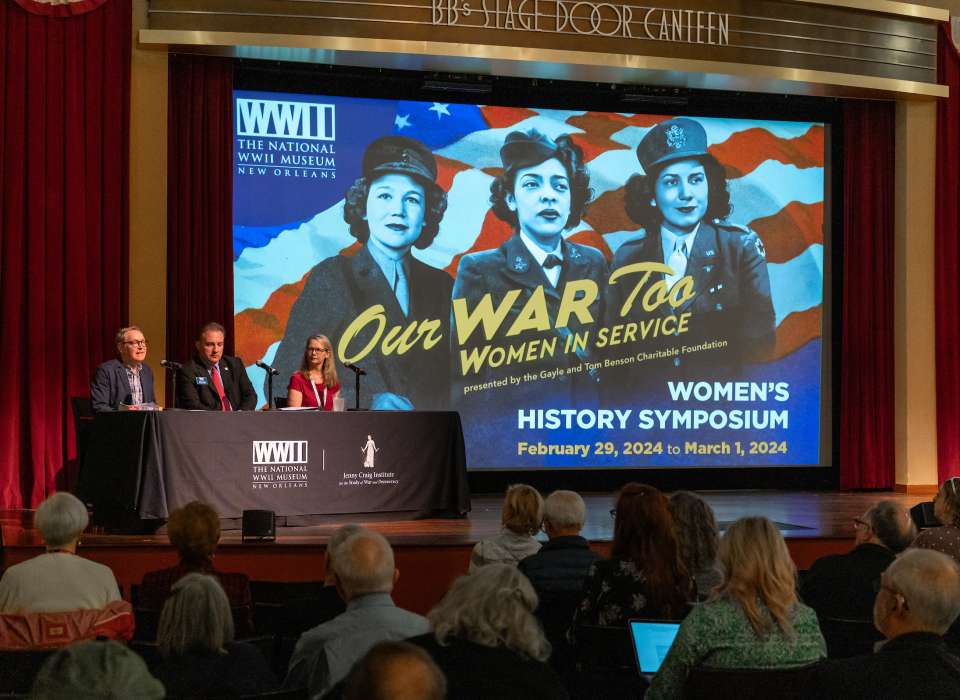Hollywood westerns often feature a stock scene where the new gang rides into town. They're armed, they're mounted, and they're mean. It's high noon on Main Street. Cowards flee, mothers hurriedly grab their children, and the sheriff desperately tries to round up a few good men.
World War II was no movie, but the first two years of the war followed the above script precisely. A new gang did indeed ride into town—grim riders eager for vengeance. They swept all before them, raiding and pillaging, humiliating the local authorities, and shooting down anyone who got in their way.
The new gang had a name: the Panzer division. A mechanized formation formed around a hard core of swiftly moving tanks, surrounded by vehicles of all sorts to perform the reconnaissance, carry the infantry and drag the guns, the Panzer division brought the concept of sustained mobility to modern warfare. Such a formation could travel 50 miles or more per day, and then repeat the process day after day, out to the limit of its logistical network.
Sustained mobility was the game-changer of 20th-century warfare. For all of human history, armies had based their doctrines and training regimens on the pace of the foot soldier. Horse cavalry played a role in military operations, carrying out reconnaissance and seizing favorable terrain, but they did not set the tempo. Even well-trained infantry could usually make no more than 15-20 miles per day, with frequent days off in between the heavier marches. Few officers would have considered these distances to be a limitation—it was just the way things were on campaign. Their men walked to work, and so, by and large, did they.
And now, suddenly, it all changed. Commanders who could tick off the precise number of marches from Arras to Amiens or Berlin to Bamberg from memory suddenly had to relearn the entire playbook, with a completely new set of maneuvers and formations. The new battle tempo was brutally quick, and thus even more unforgiving of errors. Add in the third dimension, with the attack now coming from the sky as well as the ground, and the complexity of battle — the infamous "fog of war"—had multiplied tenfold overnight.
In the opening battles of World War II, German Panzer divisions ran over, through and around every enemy defensive position in their way. They restored mobility and maneuver to the modern battlefield, and in so doing they proved that war could consist of more than launching bloody frontal assaults by massed infantry. They proved that armies could still win decisive victories à la Napoleon, a prospect that seemed out of reach to most military experts of the day. The new riders shocked the world, and they reshaped the face of battle.
Like so many key historical developments of the 20th century, the birth of the Panzer division traces back to World War I. Armies on all sides had marched off to war in 1914 expecting a quick and decisive victory. What they got instead was a horrific bloodletting and stalemate. The fighting during the middle three years of the conflict (1915-17) was especially sterile. With infantry fighting from deeply echeloned trench systems, supported by machine guns and backstopped by a wall of artillery, the defense had all the advantages, and attacking across "no man's land"— the dead, blasted heath between the trenches—was nearly hopeless. Both sides had to learn the same hard lessons. The British on the Somme, the Germans at Verdun, the British again at Passchendaele in 1917: the experience was depressingly similar. Even the heaviest artillery bombardment could not suppress the defenses fully, and attacking infantry met the concentrated fire of enemy machine guns. Even if a handful of the attackers managed to reach the defender's position, they were too few and too disorganized to do much more than plopping down, exhausted.
It was a conundrum, but military officers are nothing if not problem solvers. The British, and then the French, experimented with a new armored tractor on caterpillar treads (code-named "tank") that carried its own artillery and machine guns. Tanks were able to crush barbed wire and cross trench lines, and late in 1917, at the battle of Cambrai, they showed their potential when used en masse, tearing a great hole in the German lines and sending 1000s of front-line German infantry reeling back in panic. But tanks were not yet war winners. They were cumbersome, too slow (with a top speed of 4-5 miles per hour), and prone to breakdown.
The Germans moved in a different direction, pursuing not a new piece of hardware, but new doctrine and tactics. They relied on shock troops (Stosstruppen), highly trained independent squads with their own heavy weapons, who sought the weak spots that even the densest trench system possessed in abundance. Always pushing forward and ignoring threats to their flanks, the Stosstruppen proved able to shatter an entrenched enemy and break through into open country. In the great offensive of March 1918, Operation Michael, they did just that to the British 5th Army. But the Stosstruppen took heavy casualties in all their battle—even well-trained infantry are only flesh and blood, after all—and sustained combat robbed them of their edge. They too were unable to win the war on their own.
The interwar era found all the world's armies seeking a solution to the trench/machine gun/artillery deadlock. The debate revolved around the issue of military mechanization, that is, the role that the new weapons pioneered during World War I would play in a future conflict. Unfortunately, the answers were all over the map. It was obvious that airplanes and tanks were here to stay, but that was where agreement ended. Conservatives, including most of the world's general staffs, weren't all that impressed. The new machines were role players, certainly, but the battlefield still belonged to "the man and the horse." Radicals, usually younger officers like J.F.C. Fuller and B.H. Liddell Hart in Britain, saw the combination of tank and aircraft as the key to future success. Fuller went so far as to call for the abolition of infantry altogether and the conversion of the entire army to tanks. In a clash of armor, he wrote, a foot soldier was nothing more than "an interested bystander." The rhetoric was often overheated on both sides, featuring ad hominem arguments, bitter invective, and predictions of doom if the other side won the argument.
The debate in Germany was different. Contrary to the common wisdom, the Germans had not emerged from World War I fundamentally disenchanted with their military tradition. Indeed, they felt they had come within an ace of winning the war in the opening campaign, before a combination of circumstances, bad luck, and weak leadership had robbed them of victory at the battle of the Marne in September 1914. The loss on the Marne fundamentally transformed the war from a highly mobile "war of movement" (Bewegungskrieg) to a static "positional war" of trench lines and barbed wire (Stellungskrieg). With neither side maneuvering, a war of attrition had begun, a brutal contest of firepower and killing in which the wealthier and better-armed Allies eventually triumphed, while the German people slowly starved to death under an Allied blockade.
But the Germans believed that it could have all gone differently, if only they had won the war early. The German army therefore spent the interwar era looking for ways to increase its mobility, to hit its enemies faster and harder early on in the fighting, and to make sure it would win some future, hypothetical battle of the Marne. The tank seemed to be one possible way to keep armies moving and to avoid a future stalemate.
The German search for mobility differed fundamentally from what was taking place elsewhere. The interwar period was the age of the breathless military enthusiast, singing the praises of this or that new weapon or doctrine—tanks, strategic bombing, airborne troops—and swearing that technology had changed war forever. By and large, the Germans were immune to such happy talk. The nature of war had not changed, they believed. Like their patron saint and philosopher of war, Karl von Clausewitz, they believed that war "was an act of violence to force our enemy to do our will." No one in the German army of the 1920s, the Reichswehr, ever suggested abolishing the infantry, and no one believed in the then-widespread idea that vast fleets of bombers could win a war on their own in the first ten minutes of a conflict. Indeed, German officers prided themselves on avoiding such Einseitigkeit (one-sidedness), and to call someone "one-sided" was the harshest criticism in the German military vocabulary.
This disdain for one-sidedness tempered German enthusiasm for the tank. The Germans could see that for all the potential of the tank, it also had serious weaknesses. Tanks were better at attacking than defending; they couldn't hold ground on their own; and if they came across unsuppressed enemy artillery or antitank guns, they became easy targets for enemy fire. Tanks could succeed, but only if they worked in harmony with the other weapon systems in a close, cooperative, combined arms arrangement: the tank to take ground, the infantry to hold it, and the artillery to suppress enemy weapons that might harm the tank.
With these views as their bedrock, the Germans spent the interwar era carrying out a comprehensive series of maneuvers, exercises, and wargames, all designed to test the possibilities of combined arms mechanized warfare. Colonel Oswald Lutz, the Reichwehr's Inspector of Motorized Troops, and his Chief of Staff, Major Heinz Guderian, were on point, overseeing a key series of exercises in 1931-32 at the Jüterbog and Grafenwöhr training grounds. With Germany still officially disarmed, these test runs involved faux tanks—trucks with papier mache or cardboard tank chassis placed over them. Even with these constraints, the Germans found that establishing close cooperation between the tank and the other arms was tougher than it sounded. Lutz and Guderian soon uncovered what we might call tank warfare's "first principle": in order to support the tank, the other arms had to be mobile enough to keep up. Infantry and artillery had to move as rapidly, reliably, and relentlessly as the tank, and chaining the tank to the pace of the infantry was a fundamental mistake.
All well and good, but one element was still missing. One of the major problems that Lutz, Guderian, and the entire officer corps had experienced in World War I—a problem that contributed mightily to the eventual stalemate—was the realm of command and control. The telegraph had been a great technological breakthrough back in its day, but it was far too rigid to control mass armies spread out over hundreds of miles of terrain. Identifying and locating every enemy unit in the field was often impossible, and in fact it was hard enough figuring out where your own units were, especially if they had invaded enemy territory or were in contact with the enemy. Providing friendly units with up to date orders based on the current situation was impossible.
On the Jüterbog and Grafenwöhr training grounds, the Germans soon learned that high velocity of tank warfare had only made things worse. With mechanized units careening around the battlefield at speed, and aircraft now inserted into the mix, command and control was lurching towards chaos. Thankfully, a new technological solution was at hand: the radio. While the tank was the obsession of most contemporary military discourse, radio was the real military breakthrough of the period. The days of the primitive Morse code were over, replaced by direct voice messages from the commander to subordinate and vice versa, in something approaching real time.
The Germans had no monopoly on radio technology, but they recognized its military importance more clearly than anyone else. Once again, the Reichswehr staged a series of maneuvers and wargames, culminating in a great "Radio Exercise" (Funkübung) in 1932. The hypothetical situation, a surprise Czechoslovakian invasion of Germany from the southeast, with German units hastily assembling in the theater from all over the Reich, challenged the participants to get a corps-level radio net up and running within a single day. The game showed how important it was that the radioman be more than a mere technician. He had to immerse himself in the mission and in the overall operational situation, so that he could separate the wheat from the chaff, prioritize key messages, and delay those less pressing until later.
The Germans learned one other lesson from their radio exercises. The radio was more than a novelty, a desirable asset, a shiny toy. For command and control of the new mobile formations, it was absolutely indispensable. As one German officer put it, “It is part of the unique character of motorized and mechanized units that they can only be commanded with the assistance of technical means of communication." From the start, the German principal for mechanized units was a radio in each vehicle, from the smallest motorcycle to the heaviest tank, with command vehicles designed to carry radio equipment, both senders and receivers. Tank warfare on the scale envisioned by the Germans was unthinkable without radio.
By the early 1930s, the Germans were well on their way to designing a new military formation that met all their criteria. The last piece of the puzzle was political. Adolf Hitler came to power in January 1933, destroyed the Weimar Republic within months, and created a one-party Nazi dictatorship. In May 1935, he announced German rearmament; technically, he declared that Germany would no longer feel bound by the disarmament clauses of the Treaty of Versailles. He created a new armed force, the Wehrmacht: an army of 36 divisions, a sizable Luftwaffe, or air force, and a small but modern navy.
Criticizing Hitler as a military commander and strategist is like shooting fish in a barrel, but he did have a certain amateur's intuition in this early period of his rule. As an old ground-pounder and trench warrior, he was naturally interested in the tank. In early 1933, Guderian staged a demonstration of modern weapons for the new chancellor. For 30 minutes, Hitler sat and watched the various units go through their paces: a motorcycle platoon, an anti-tank platoon of 37mm guns, the German standard at the time; one platoon of light armored cars, followed by a platoon of heavy ones; and finally, a platoon of light tanks.
The tank that Hitler saw was the German Mark I. Originally intended as a trainer, it actually saw service in the field through the early years of the war. It was no King Tiger! Its armament consisted of two machine guns in a small turret on the right hand side of the vehicle, and its armor (8 to 15mm) could barely protect the two-man crew against small arms fire. But according to Guderian, Hitler was beside himself, repeatedly exclaiming, "Now that I can use! That's what I want!" as the little machines zigged and zagged in front of him.
In October 1935, the Wehrmacht organized its first three Panzer Divisions: the 1st, under General Maximilian Freiherr von Weichs; 2nd (Guderian); and 3rd (General Ernst Fessmann). True to the German belief in combined arms, each division paired a Panzer brigade with a motorized infantry brigade. The Panzer brigade contained four battalions, each with a strength of 128 tanks. Counting command tanks, the division had some 561 in all, enough to satisfy even the most diehard tank fanatic. The infantry component was just as strong, however, consisting of a two-battalion motorized infantry regiment and a motorcycle battalion. The true hallmark of the division, however, was the full cast of supporting arms: a motorized artillery regiment, a motorized antitank battalion, a motorized pioneer company (later expanded into a battalion), and a motorized reconnaissance detachment, consisting of armored cars and motorcycles.
The new Panzer division was a model of flexibility and finesse, rather than brute force. Massed formations of tanks punched a hole through the defenders at certain, carefully selected points, backed by massed air attack. As the tanks broke through, mechanized infantry moved up to hold the ground the tanks had seized, while mobile artillery massed for the initial assault, shifted positions to avoid enemy counter-battery fire, then raced forward to keep pace with the advance. Above all, the division was flexible. It could attack and defend, penetrate and pursue, in one seamless process, and its integral radio command allowed it to turn on a dime, providing an agility that was simply not typical of other military formations of the day.
It is interesting to note the difference between the German approach and that of the two western adversaries. The British, too, assembled an "Armoured division," but it was absurdly top-heavy with tanks (six battalions worth, supported by a single infantry battalion). An Armoured division could do little but charge against enemy fire, usually unsuccessfully, as the British discovered to their grief in North Africa. The French designed some decent tanks and had insight into the problems of combined arms battle, but they essentially viewed tanks as an adjunct to the foot soldier, parceled out to meeting the needs of the infantry and moving at a stately pace in a "methodical battle" that unfolded carefully and systematically. Their "Armored division" (Division Cuirassée) was designed accordingly, with heavy tanks and slow speed.
The Germans, by contrast, landed squarely in the middle ground. Unlike the French, they concentrated their tanks en masse, along the lines of Guderian's classic aphorism, "Kick 'em, don't spray 'em," rather than parceling them out to the infantry. They also unchained the tanks from the pace of the walking man, allowing them to roam free and independently. Contrary to the British, the Germans enmeshed the tank in an intricate web of combined arms, where the strengths of one weapon system would balance the weaknesses of the other.
In September 1936, the new Wehrmacht carried out its first fall maneuvers. None of the three Panzer Divisions were ready to take part. While the Hitler regime was literally throwing money into a rearmament program, production bottlenecks meant that the divisions still had not received their full complement of tanks and vehicles. A lone tank regiment did take part, however, launching a successful attack against a strongly held hill on day one of the exercise, but suffering such heavy losses that the regiment was ruled out of play on the second day. On the final, third day, the tanks transferred to the other side, and the entire regiment—all 140 machines—carried out a spectacular massed attack against a line of entrenched infantry.
The full Panzer division would have to wait a full year for its real coming out party: the Wehrmacht’s fall maneuvers of 1937. The largest field exercises held in Germany since the end of World War I, they were also the first field test of the mechanized formations, and excitement was in the air. Hitler was there in person, along with his new best friend Benito Mussolini, then in the midst of a triumphal tour across Nazi Germany. Together, the two dictators watched from the grandstands, chatting animatedly as the action unfolded.
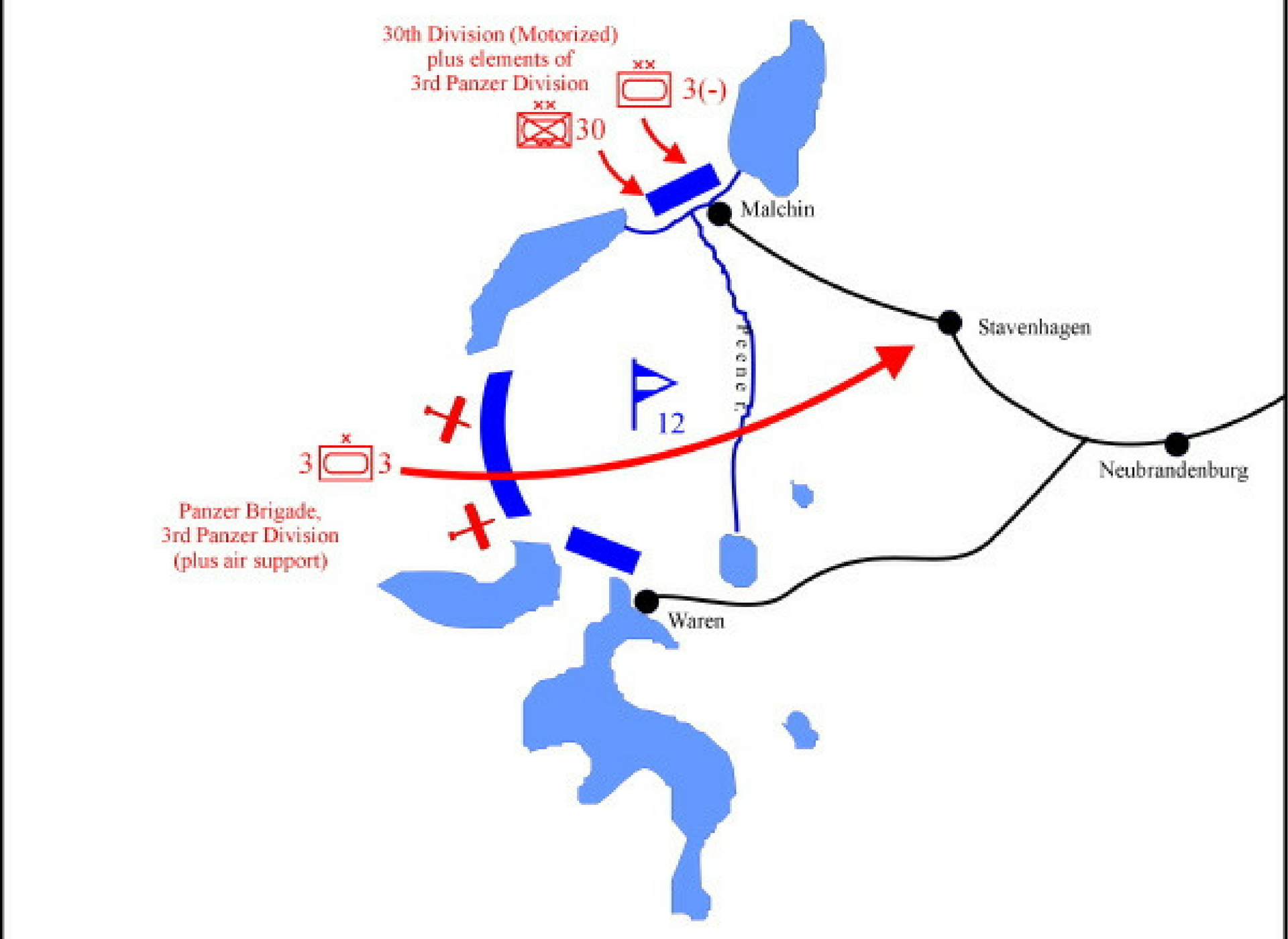
Map of the 1937 German maneuvers.
As always in German maneuvers, a Blue force faced Red in a hypothetical theater of war, this one consisting of the rolling hills, lakes, and streams of Mecklenburg in northern Germany. Blue's 12th Infantry Division, a straight-leg infantry formation, lay to the east, holding a bridgehead over the winding Peene river near Lake Malchin. Red, to the west, had orders to attack the bridgehead and had the 3rd Panzer Division and in its order of battle for that purpose.
From the start, 3rd Panzer stole the show. Moving up 100 kilometers from the army reserve to its assault position in a single day (September 19th), the division launched its assault on September 20th. It first detached its motorized infantry brigade and sent it forward to help 30th Infantry Division (also motorized, with its infantry regiments mounted on trucks) to engage the bridgehead frontally, while swinging its Panzer brigade around Blue’s extreme left in the South. Working in close liaison with airpower, the panzers broke through the Blue position. Lacking specific orders, but seizing a golden opportunity, the Panzer brigade then launched a drive on the town of Stavenhagen, reaching it, capturing Blue’s entire headquarters, and cutting Blue’s supply line into the Malchin position.
Red had encircled the entire bridgehead, and without pausing for breath, launched a concentric assault on Malchin. Blue reinforcements were too late in arriving due to a vigorous Red air interdiction effort, and Red's Panzers made short work of the defenders. As a result, midway through day four of a scheduled seven-day maneuver, Red had smashed its adversary, caving in Blue's defenses and overrunning his headquarters and supply dumps.
As always in the manner of such things, a debate arose over whether the umpires had been playing fair, specifically whether they were underestimating the effect of defensive anti-tank fire on Red's Panzer assault. In order to sooth ruffled feelings on the part of the some of the commanders, 3rd Panzer Division received orders to leave the maneuver, which continued for the next three days as a fairly routine infantry versus infantry encounter.
Beyond testing the capabilities of the Panzer Division, which passed with flying colors, the maneuver was an almost perfect distillation of the "German way of war." It featured high tempo action, independent decision-making by the commanders on the spot, and a great deal of risk (in this case rushing 3rd Panzer Division into combat "off the march" and splitting it into two columns for the purposes of the concentric attack). All told, the Malchin maneuvers were a vivid display of a peacetime army putting on its game face.
The man most impressed, perhaps, had been Adolf Hitler. Less than two months later, on November 5, 1937, the Führer gathered his service chiefs in the Reich Chancellery in Berlin to outline his future military plans. His defense minister, General Werner von Blomberg, was there, along with the chief of the Luftwaffe, General Hermann Göring; General Werner von Fritsch of the army; and Admiral Erich Raeder of the navy. Taking the minutes was Hitler's military adjutant, Lieutenant Friedrich Hossbach, and so the event has gone down in history as the "Hossbach meeting."
Zur Lösung der deutschen Frage könne es nur den Weg der Gewalt geben, dieser niemals risikolos sein. […] Stelle man an die Spitze der nachfolgenden Ausführungen den Entschluss zur Anwendung von Gewalt unter Risiko, dann bleibe noch die Beantwortung der Fragen 'wann' und 'wie'.
Hitler opened the session in a grave mood. In the event of his death, he declared, what he was about to say was to be regarded as his "last will and testament." The time for action had come. "Germany's problem can only be solved by means of force," he announced, and the question was not whether to launch a war, but only "when and how." To ensure its long-term survival, Germany had to fight a war for living space (Lebensraum) by 1943-45 at the latest, but much earlier than that if a favorable opportunity presented itself. The upcoming war was a risk, he knew, certain to involve two "hateful opponents," Britain and France, but the moment was favorable. "Our equipment and armament are modern," he declared, and delay would only increase "the danger of their obsolescence." Moreover, Germany had "special weapons" of great power that it could unleash, whose secrecy would not last forever.
Usually seen as the moment that Hitler decided upon war, the Hossbach meeting reflected a new confidence on the part of the Führer. Given what he had just seen at Malchin, with his Panzer divisions—his "special weapons"—running rings around more traditionally equipped enemies, it is understandable if he was feeling invulnerable. Less than two years later, he started a war, the greatest in human history, and the Panzer divisions in the German arsenal might have been a crucial piece in explaining why he was in such a hurry to fight.
The opening campaigns of the World War II bore out Hitler's confidence in full. In Poland, in France and the Low Countries, in the Balkans, and especially in the opening weeks of Operation Barbarossa in the Soviet Union, a new gang rode into town. There were no horses this time, just cruel grey machines, engines roaring, treads clattering, machine guns barking away. They were on you almost before you knew it, and you were lucky to if you lived to fight a second day. The ride of the Panzers in the war's early years wedded traditional war to the most modern technology, and it would take years for Germany's adversaries to recover their equilibrium, catch up, and fight back.
This piece originally appeared in the Winter 2016 issue of MHQ magazine.
